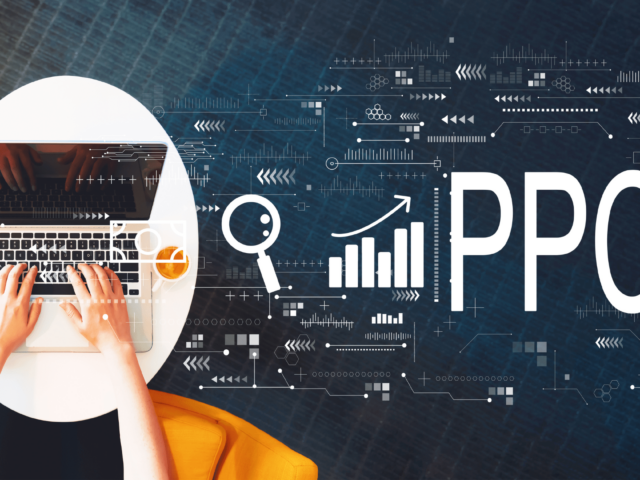What Is Conscious Content?
Conscious language is using words effectively in a specific context. Conscious content includes all aspects of your content: language, design, images, video, color, tone and behavior. It clarifies your intention, then skillfully provokes or evokes a reaction in your audience.
The Compelling Case of Color in “Ratched”
In Netflix’s recent series, “Ratched” notice the opulent use of greens and reds. The bold and prolific use of specific colors in specific ways provides context (red lipstick), regardless of the dialog. The color is so fantastic and theatric, it has a dreamlike quality, as if you could reach right in and touch it. The artful use of color in “Ratched” is conscious content at its best and grand feast for the eyes.If you oversimplify conscious content, you may think of it as “good” content as opposed to “bad” content that provokes a “bad” reaction or is offensive. However, the goal of conscious content IS NOT:
- to be inoffensive or politically correct; or,
- to use language to be inclusive and considerate.
Both ways of using content can be wrong, depending on the overall context.
You can take a look at your social media feed and easily identify certain content that’s meant to sway you. Or can you? Yes, some content is consciously blatant with its goal. Much is not, and that’s the point. You can consciously use content to be seen or unseen and digested, purpose achieved, before you ever consider the context.
For example, would you notice if a company used another culture in their content, whether in pictures or language, in order to appear diverse and inclusive and therefore a “good” company or service? Or, are they actually encouraging and celebrating diversity, without an intention to give customers an impression that may or may not be true? How can you tell?
The Importance of Conscious Content
Would you trust information unsupported by facts or logical reasoning? A biased author may not pay attention to all the facts, present only the facts that support them, or develop what seems a logical argument to support his or her opinions that sounds like fact, but is just their opinion, or worse, a falsehood. But they can present their information in a way that appears to be supported by facts and logic.
At a minimum, you and your team should be desensitized to this type of conscious spread of misinformation, then trained to ask the tough questions about where a possible problem or misunderstanding could arise.
For example, regarding diversity and culture in content, the potential backlash from ill-conceived campaigns may not occur If companies consulted with other cultures who knew their input would be welcomed.
How To Use Conscience Content
First, you need to have a plan in place. Answer these initial questions:
- Who is your audience?
- What tone and level of formality do you want?
- What are you trying to achieve?
Then, follow these guiding principles when developing your conscious content.
Guiding Principles
1. Define goals
- What is your intent?
- What do you want to achieve?
- What emotions do you want to evoke?
- What language do you want to use? Certain words are more applicable than others.
2. Minimize assumptions
- Assumptions are a slippery slope and can severely misguide actions and content generation.
- What does this image convey to someone different than me?
- Example: White male doctor
- Who is the target group?
- What is the right language?
- Research and use data as much as possible
- Diverse vs. not
3. Recognize bias
- According to the New Jersey Institute of Technology, “Bias is when a statement reflects a partiality, preference, or prejudice for or against a person, object, or idea.”
- Bias in conscious content is when a writer or speaker uses a curated selection of facts, words, and quality and tone of their description to convey a feeling or attitude they want you to have toward a subject or person.
- Much of what you hear and read contains various degrees of bias. When you are able to identify bias, you’ve improved your ability to obtain quality information—facts and truth.
- Identifying bias is a learned skill that requires constant attention.
- Bias is not limited to words. Look at your animations, your stock images, etc.
- Check out this week’s Content Corner at the end of this newsletter for more information on recognizing and eliminating bias,
How Bias Exists Unnoticed
In your own life, when content reflects yourself (the life you’ve known and lived), you are less likely to question whether anyone else would find the material you create objectionable, offensive or insensitive, even if your intent was “good.”
4. Empower yourself and your team
- Consume and truly consider opposing viewpoints. Vet them.
- Subscribe to newsletters, medical journal abstracts (preferably from peer-reviewed journals), news sources (especially long form reporting), books, daily tips.
- Find applicable diversity reading lists (Amazon, Goodreads).
- Don’t get your only information about the world in soundbites and social media posts. Your Twitter feed should not be your primary or only source of credible information, and definitely not Facebook.
Empowering Yourself Stops Manipulation by Bias
Empowering yourself:
Allows you to become less easily manipulated.
Provides you the ability to create quality and meaningful content.
Improves your ability to create more impactful campaigns.
Makes you a better marketer and a better person.Points Group has an experienced publishing and content division that specializes in developing medical content in all forms. Our publishing division operates a Conscious Content and Diversity program, where we evaluate content for clients. Our mission is to help all clients cultivate realistically diverse and inclusive content that resonates with and positively impacts their audience. If you need help revising your current content or evaluating new content, please contact us. Our editorial team is here to help you!


